Report this entry
More from the same community-collection
1981 Lamar Longhorn Football Team - 1981
1981 Lamar Longhorn Football Team. With several Class of 1986 El ...
James P. Butler Elementary School - El Paso, Texas
Located at 14251 Ralph Seitsinger, the elementary school was ...
Benito Martinez Elementary School - El Paso, Texas
Benito Martinez Elementary School was named after local hero, ...
Chester E. Jordan Elementary School - El Paso, Texas
Chester E. Jordan was an honorable man who served his country ...
Dr. Sue Schook Elementary School - El Paso Texas
On Monday, Jan. 22, 2007 the Socorro Independent School broke ...
Elfida P. Chavez Elementary School
Elfida P. Chavéz Elementary opened its doors to students in the ...
Helen Ball Elementary School - El Paso, Texas
Helen Ball Elementary School opened its doors to students in ...
Hurshel Antwine Elementary School
Mr. Hurshel James Antwine was a long time marketing education ...
Ernesto Serna School El Paso Texas
The school was named after a member of the community who nobly ...
Jane A. Hambric School - El Paso, Texas
Jane A. Hambric School opened its doors in July 2000. The ...
Francisco Madero and Annie (Meyer) Kleyhauer on May 11, 1911
My grandparents, Alfred D. and Annie Kleyhauer, and other ...
John Drugan School - El Paso, Texas
Socorro ISD began construction of its 35th campus, John Drugan ...

















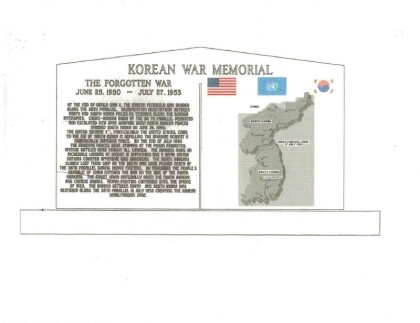

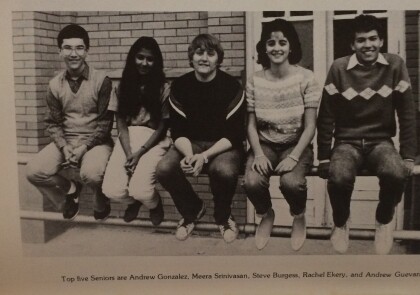
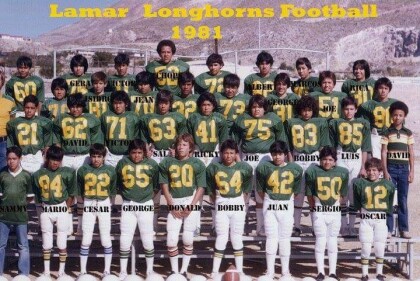
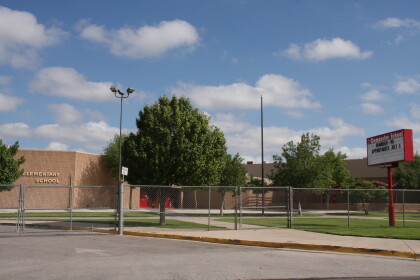
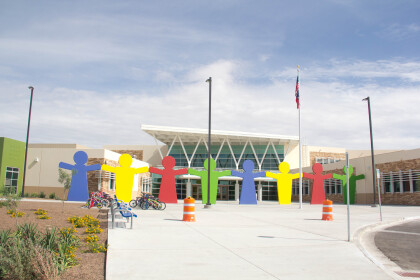
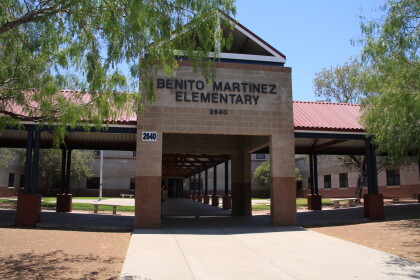
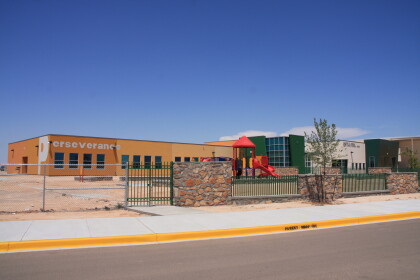
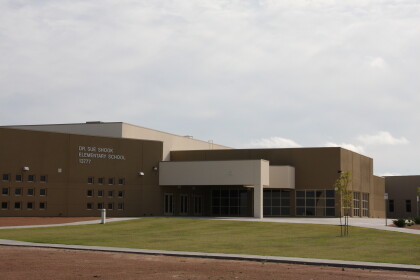
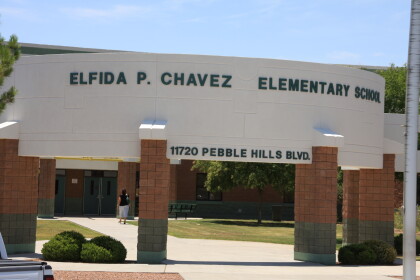
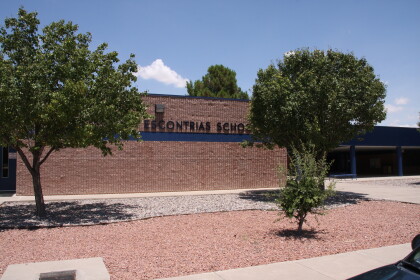
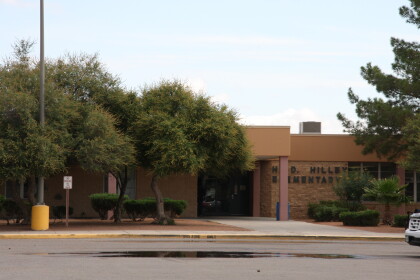
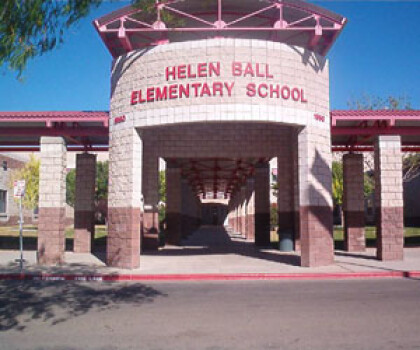
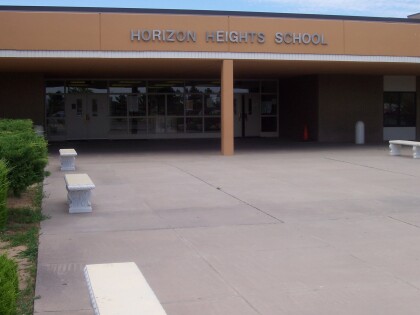
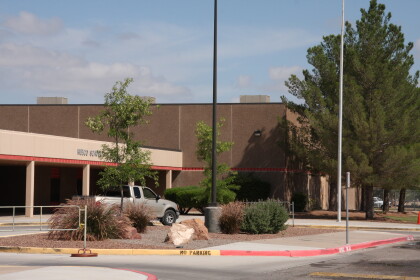
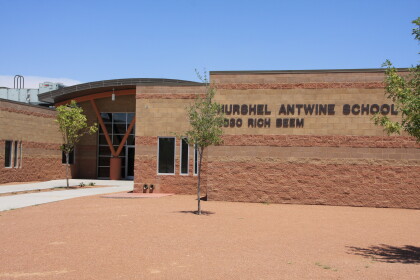
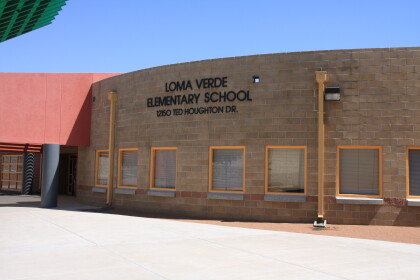
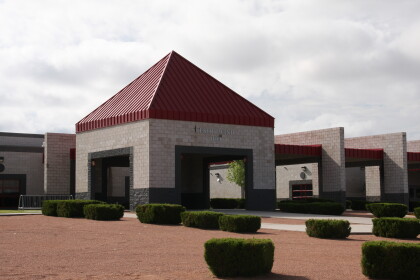
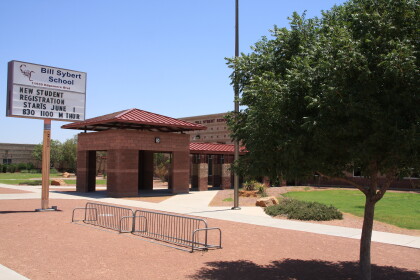
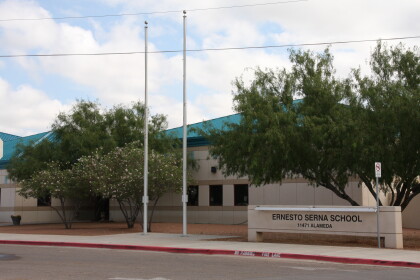
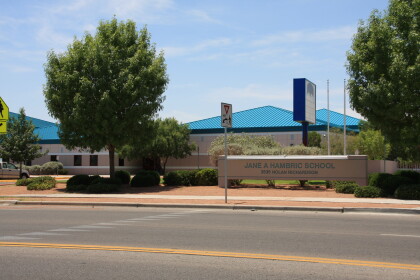
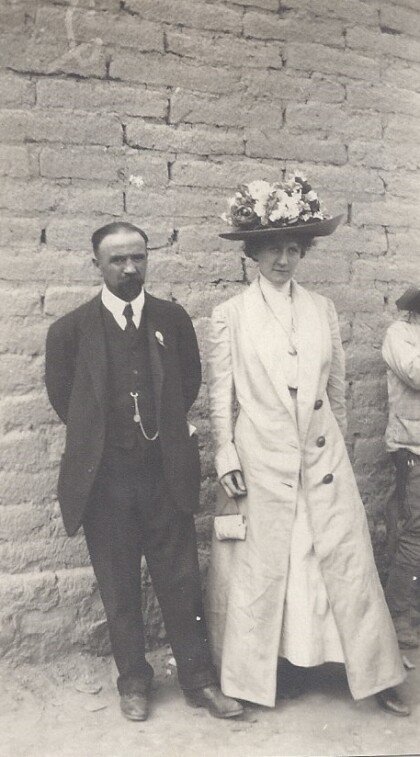

Comments
Add a comment